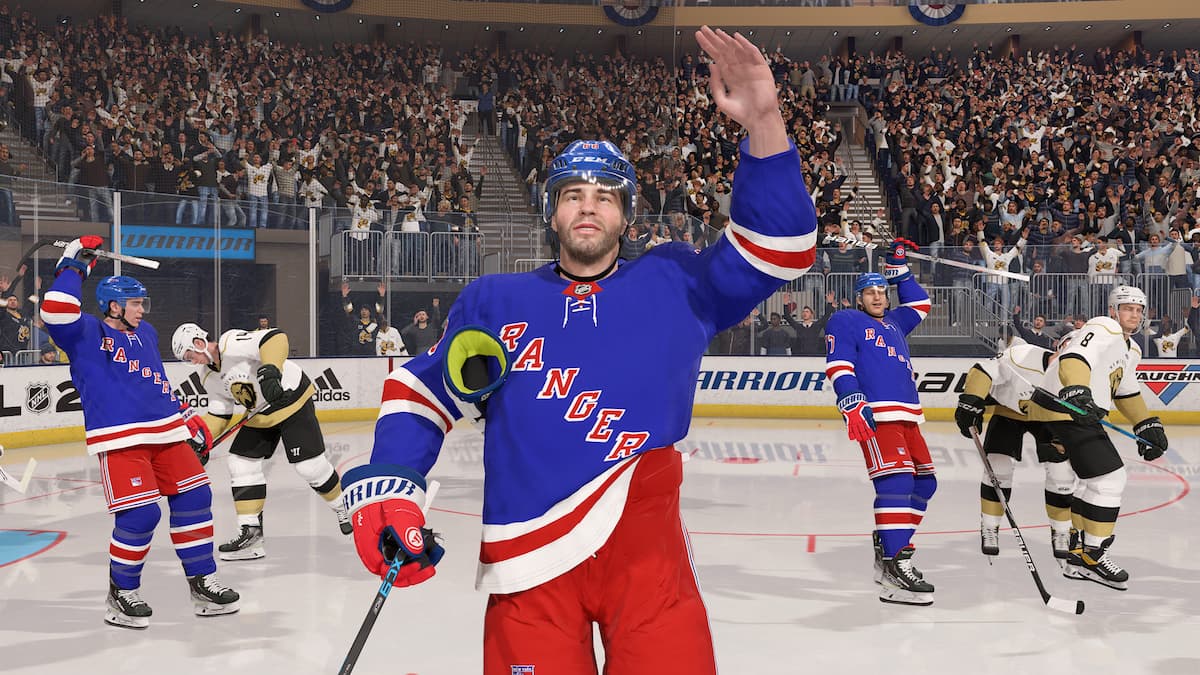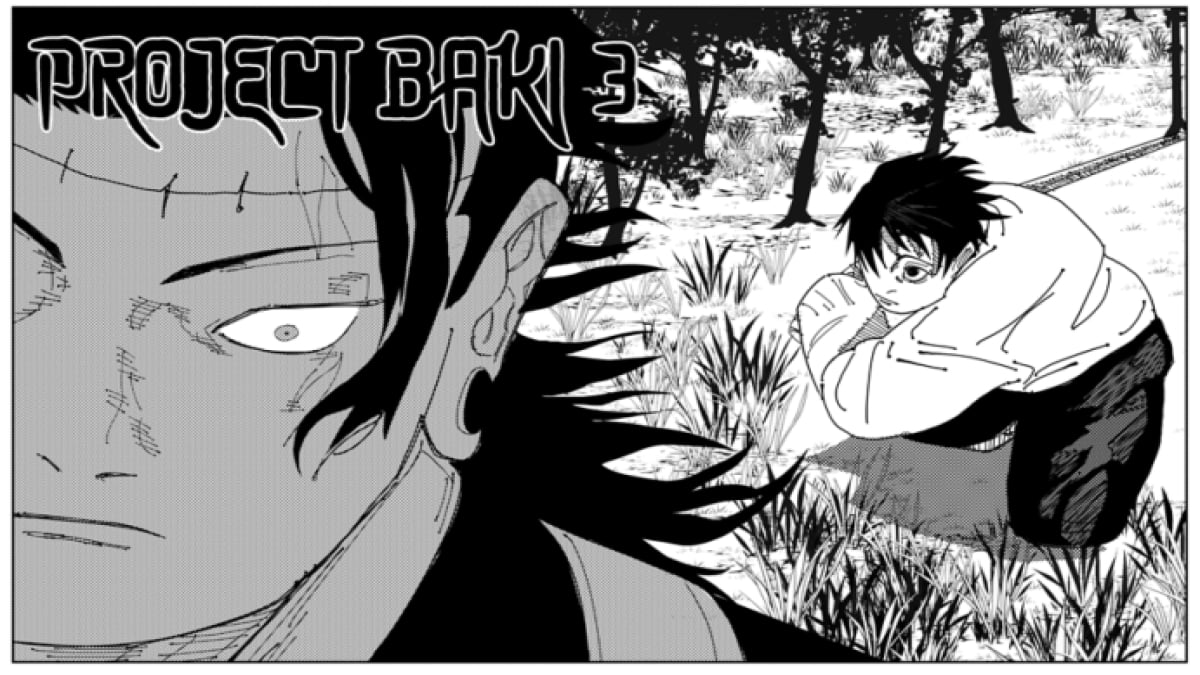If you want to get better at NHL 22, perhaps changing your team’s strategies could do the trick. Strategies affect your team’s positioning, and how the AI functions, as well. Picking the right ones though can be tricky, particularly if you’re new to the franchise. We’ve got your covered, so let’s take a look at our picks for the best strategies in NHL 22.
How to change strategies
Before we get into which strategies we recommend, let’s quickly go over how to change strategies. During a game, you can press either B/X (on Xbox) or Circle/Square (on PlayStation) during a stoppage of play to change the strategies, as well as the team’s lines. If you are in HUT, select Manage Lineups from the My Team tab, and then go to the Strategies section.
Team Strategies
Now, let’s take a look at our selections for the best team strategies, starting with the forecheck:
Forecheck – 1-2-2 Aggressive or 1-2-2 Passive
Forechecking is all about putting pressure on the opposing team in their zone, particularly towards their defensemen. The key though is that you don’t want two or three of your players to fall behind the puck and get caught. Sending one player on the forecheck in most situations is the best route to take. However, if you are later down by one or two goals, you might want to consider changing this strategy and send two players in.
Neutral Zone – 1-3-1 or 1-4
If you play online, most players you see will use either a 1-3-1 or 1-4 for the Neutral Zone. This creates a Neutral Zone trap that prevents the puck-possessing team from getting through by suffocating passing lanes, and taking up space.
It’s a highly effective strategy, so either one will work, even though the 1-4 is a more extreme version. However, if you do come across a trap player, try to dump and chase. This should loosen things up, and will allow you to get the puck in the opposing zone. To do this, attempt a flip, pass, or shot around the boards to get the puck in the other team’s zone.
Trap/Forecheck – Varies
If you plan on playing a defensibly responsible game, set this setting to either a 0 or 1. This will reinforce your team’s trap bias and have your AI defenders focus on suppressing the other team’s breakout. However, because the new game engine does reward forechecking and hits a bit more, increasing this setting to 3-6 might be a good idea. The latter may work for a lot of players, especially those who want to be aggressive. Nevertheless, you should set based upon how you want to play in NHL 22.
Offensive Pressure – Standard or Aggressive
Last year, we recommended setting this to Standard. Standard isn’t bad, but the Aggressive setting for Offensive Pressure can work as well. Being a bit more aggressive with the puck and plays can be useful in some situations, especially with the new engine. Our recommendation is to try either or, since both should be effective for NHL 22, and then figure out which setting you like best.
Related: NHL 22: Beginner’s guide to scoring – How to score goals, controls, and tips
Defensive Pressure – Protect Net
Just like last year, our recommendation for this strategy is to set it to Protect Net. Even though things have changed from 21 to 22. Protect Net is still your best bet to cover the slot area, and avoid the other team from getting pressure close to the net.
Defensive Strategy – Collapsing
Set this to Collapsing. Doing this will get your defenders to collapse to the front of the net and slot. Because players have a better chance of scoring in the slot area (right in front of the net), it’s important to protect this part of the ice at all costs.
Penalty Kill and Power Play
It’s now time to look at special teams setups. Let’s start with the penalty kill, as it’s important to point out that there are three different strategies for the PK: Large Box, Passive Box, and Diamond.
Diamond works for the 1-3-1, or Umbrella, which we’ll get to when we talk about power play setups. Large Box is geared towards users who want to pass and cut into the middle of the ice, as it puts pressure on those skaters. Passive Box creates a tight square on the ice, an effective strategy against players who want bang-bang pass and shoot players across the ice.
As for the power play setups, you could pick either an Overload, Shooting, or Umbrella strategy. The latter can be a handy strategy for creating second-chance shots and screens, as well as one-timers from the middle from a forward or blue-liner. This strategy, however, does have a drawback, as you could get caught on an odd-man rush since only one player will be back on the blue-line.
It’s up to you which one you pick, but we do prefer either Shooting or Umbrella.
PP Carry/Dump – 0, 1, or 2
Even though the dump and chase has more use in NHL 22 than 21, you really won’t need to do it during a power play, thanks to the body advantage. In fact, it should be avoided, since a bad dump could lead to the opposing team to get the puck back quickly, and flip it right out of your offensive zone. Try to carry the puck up the ice, and set this to a low number.
Breakouts
As far as breakouts are concerned, here are our recommendations for how you should set those up:
- Control Breakout – Strong Side Slant
- Power Play Breakout – Five Back or Center Lane Option
- Quick Breakout – Close Support
3 on 3 Offense – Standard or Passive
Don’t lose your mind during 3 on 3 play. It’s important to stay calm, and avoid being too aggressive. Otherwise, you might turn the puck over very quickly, and lose the game fast. It’s important to be steady during this setup, take your time, and try to force the other team to be aggressive and get out of position. Set this to either Standard or Passive.
Line Strategies
These settings don’t matter as much as the team settings, but we do have a few tips. Unless you have a big, beefy line, set the forward lines to Overload. You can set the Carry/Dump bias to whatever, but if you plan on going full Overload, keep it low. If you have some big power forwards on a line, try kicking it up a notch or two.
And as far as Hold Line/Pinch settings are concerned, try to keep this very low, as well. This should prevent odd-man rushes, so long as you don’t pinch all that often yourself with the user.







Published: Oct 27, 2021 09:51 pm